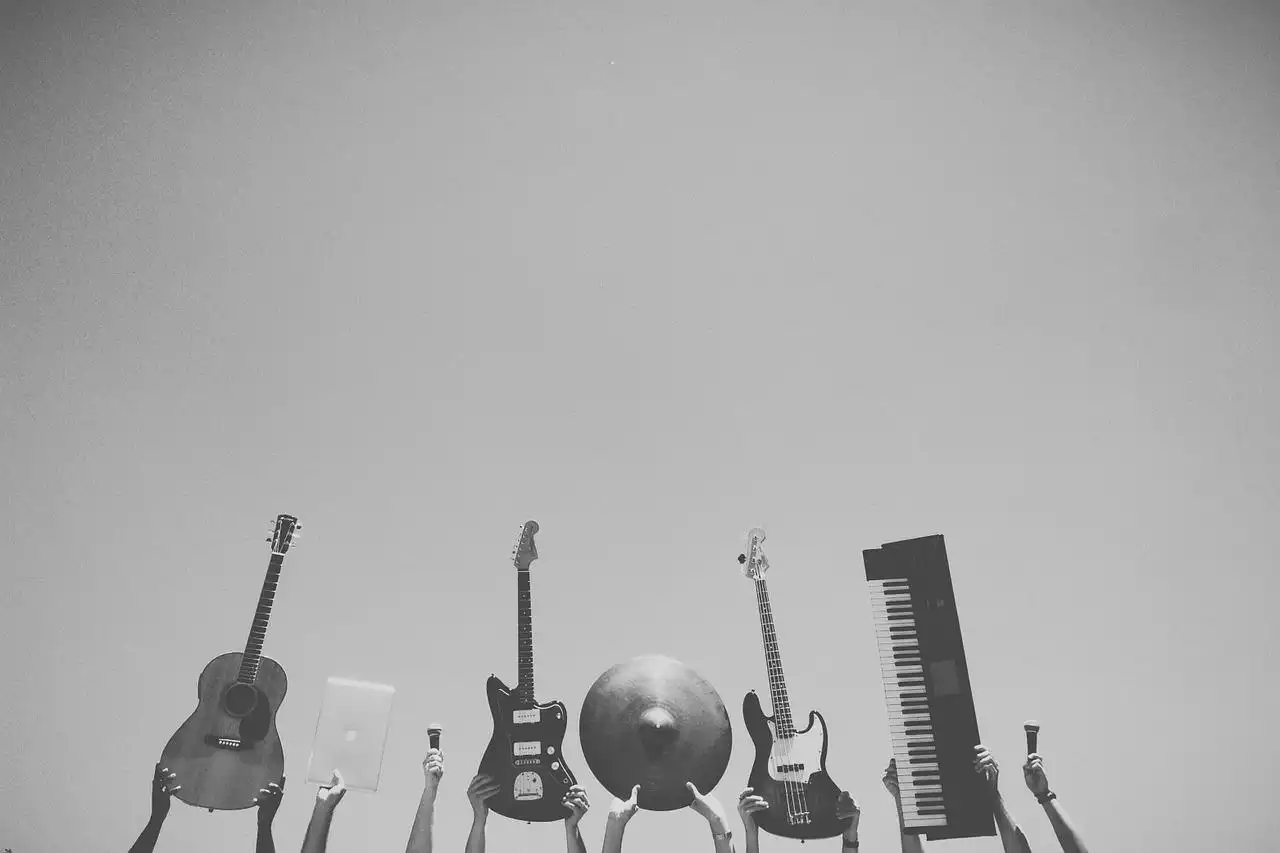The electric age marked a period of transition in the field of music. With the invention of new devices came new ways to produce and consume music. In this article, we look at how the electric age changed music and how it is still having an impact today. The electric age was an era that began with the invention of electricity and ended with the widespread utilization of electrical devices. Electricity enabled people to do things faster than before and more efficiently, leading to a surge in efficiency in nearly every industry. The invention of devices such as light bulbs, telephones, radios, cameras, and televisions redefined society as we know it. The electric age also saw the shift from acoustic to electric instruments; from gramophone records to vinyl records; from wax cylinders to player pianos; from manual music copying techniques like hand-copying sheet music or etching cylinders to automated methods using photoengraving or recording on tape or discs; from live performances in small venues where audiences listened silently to much larger performance spaces that allowed for talking, drinking, smoking and dancing along with performances by importing recorded audio files into phonographs for listening at home.
Music Before the Electric Age
Before the electric age, music was largely acoustic music that is produced by vibrating materials, such as a string, piano wire, or drum head. This type of music was developed thousands of years ago and has been used in every era since to create music. Before electricity, people used acoustic instruments for live performances and playback, for example, patrons at a concert venue might have listened to a pianist perform on the piano or a violinist perform on the violin. Acoustic music was also used to create sound recordings. In the early days of sound recording, people recorded music by placing a sound-producing device such as a violin or a singer’s mouth next to a rotating cylinder that had a modulated groove pattern engraved in it.
The Shift to Electric Music
Electric instruments and devices, like a guitar connected to an amplifier, had been around for decades by the time the electric age arrived, thanks to the invention of the telephone and the invention of the light bulb. But the shift to electric instruments really began in the 1930s and ‘40s with some of the earliest electric guitars and amplifiers. In the 1940s and 1950s, the electric organ, electric bass, and even electric drums came into existence. The invention of the tape recorder in the 1940s and its use in recording studios revolutionized the music industry. Tape recorders enabled the quick and efficient transfer of audio recordings from one place to another. It also permitted multiple generations of recordings, which meant that a recording could be edited several times. The magnetic tape also made it possible to record audio in stereo, which allowed for a greater, more realistic sonic experience.
The Rise of Recorded Music
Although the electric age brought many new instruments and gadgets, it also marked the rise of recorded music. Recording music, especially on magnetic tape, permitted people to listen to music as they wished, both privately and publicly. People could gather family and friends around a radio or a phonograph to listen to music, or they could connect a speaker and play music for themselves whenever they liked. Radio stations also played recorded music, which allowed for the broadcasting of a lot of music, but the choices were limited to what was recorded. With the rise of recorded music, people also had access to music from other parts of the world, such as Africa and India, where people had different musical traditions from those in the West.
Digital Music and Recording
By the end of the electric age, many musicians had become aware of the potential for different types of music genres to cross paths, or to even merge together. The advent of digital recording and audio technology meant that musicians could use computer programs to both record and mix music. By the end of the electric age, computers had already begun to enter the music and audio industries in a big way. Some musicians began to use computers to create new and experimental kinds of music, mixing different genres. Other musicians used computers to edit audio recordings and to create sound effects that would have been expensive and time-consuming to create using old-fashioned sound equipment and editing techniques.
Conclusion
The electric age saw many changes in the way that music was produced, shared, and listened to. With the invention of the telephone and the invention of the light bulb, it became much simpler to transfer audio recordings from one place to another. Recording audio became a lot less expensive and time-consuming, thanks to the invention of magnetic tape and the invention of the reel-to-reel tape recorder. And computers revolutionized the way that music was recorded and edited. The electric age also saw the creation of new instruments such as electric guitars, electric basses, and electric organs, as well as the invention of new sound recording devices like tape recorders and reel-to-reel tape recorders.


 The Best Exfoliating Body Treatments
The Best Exfoliating Body Treatments
 Movie Director Genius - Sofia Coppola
Movie Director Genius - Sofia Coppola
 The Amazing Fire Bellied Toad
The Amazing Fire Bellied Toad The Birth and Evolution of Recorded Music
The Birth and Evolution of Recorded Music Music Entertainment and the Digital Age
Music Entertainment and the Digital Age